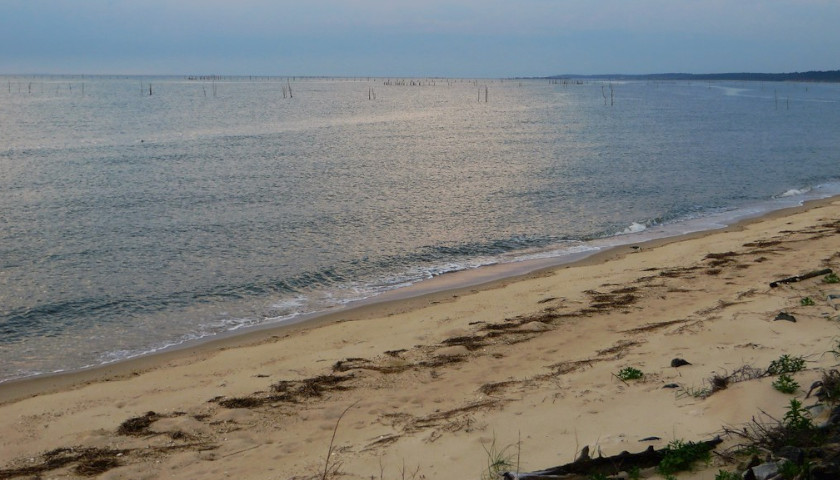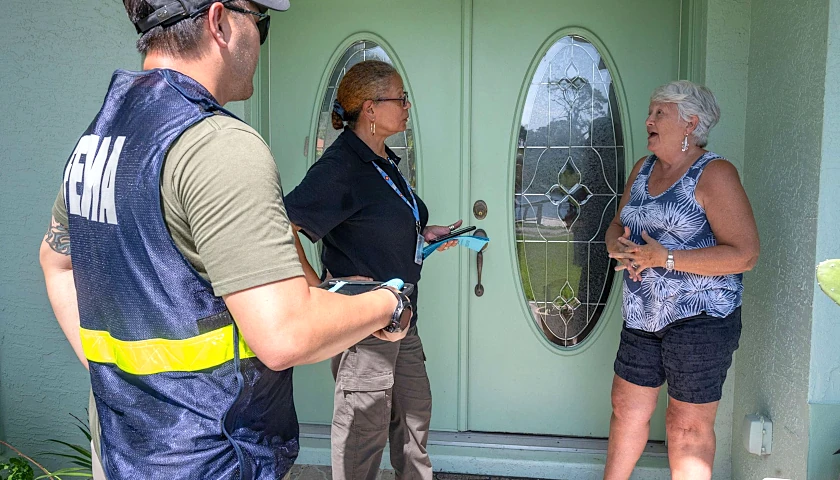Virginia is on track to meet 2025 pollution reduction goals in the Chesapeake Bay due to progress addressing wastewater in the commonwealth, even though it’s failing to reduce other sources of pollution like runoff from urban areas and agriculture, according to the Chesapeake Bay Foundation (CBF).
“Long term, this is not sustainable, especially when pollution from stormwater continues to grow. To meet its 2025 commitments, Virginia must rapidly accelerate pollution reductions from these sources. Recent increased investments are a promising step, but these funding levels must be maintained and targeted to the most beneficial pollution-reduction practices, such as planting streamside forest buffers,” the Foundation said in a summary of its 2022 State of the Blueprint report.
Established in 2010, the Chesapeake Bay Clean Water Blueprint set nitrogen and phosphorus pollution limits as a partnership with the six bay states and Washington, D.C., with milestones every two years to ensure that each state is on track to meet pollution reduction goals. The blueprint also includes penalties for states that fail to meet their commitments. The Foundation says that if the goals are met, the bay will come off the impaired waters list.
A CBF graphic shows that Virginia is on track overall and in addressing pollution from wastewater and combined sewer overflows. That’s due to laws requiring wastewater plants to reduce pollution, and $70 million in funds to help hit those reductions, CBF reports.
CBF says that investment in helping localities reduce polluted runoff has helped, but Virginia is off track addressing nitrogen and phosphorus from agricultural runoff. The commonwealth is also off track in addressing nitrogen from septic systems.
Additionally, nitrogen pollution from urban and suburban runoff is increasing in Virginia.
“Virginia’s strength is the tremendous investments it has made in clean water in recent years. Landmark legislation to accelerate efforts to keep livestock out of streams, manage fertilizers and manure, and upgrade wastewater treatment plants should also galvanize clean-up efforts in the coming years,” the CBF states.
“However, failure to reissue critical permits for stormwater systems, lagging plantings of streamside forest buffers, and significant rates of forest clearing hamper progress. For example, satellite imagery data show that Virginia cleared over 30,000 acres of forest in a span of four years.”
Maryland and Pennsylvania, together with Virginia, account for about 90 percent of the pollution. While Maryland is on track overall, it also has weaknesses in agriculture, urban, and septic pollution. Pennsylvania is off track to meet nitrogen reduction goals overall, but is on-track to reach phosphorus goals, with its large agricultural sector hampering efforts.
CBF says that the bay states collectively are not on track to meet the 2025 deadline, and that most progress so far has come from wastewater treatment, with an estimated 42-percent reduction in nitrogen pollution and an estimated 64 percent reduction in phosphorus production.
“This progress, however, is nowhere near enough to make up for pollution from agriculture and growing urban and suburban areas. Agriculture accounts for the bulk of the remaining pollution watershed-wide, and no state is on track to reduce it enough. Pennsylvania—given its significantly larger agricultural footprint in the watershed and past under investment in conservation programs—is especially far off track,” CBF states. “These issues raise serious concerns about the ability to improve and sustain water quality over the long term.”
– – –
Eric Burk is a reporter at The Virginia Star and The Star News Network.
Photo “Chesapeake Bay” by Ken Lund. CC BY-SA 2.0.




